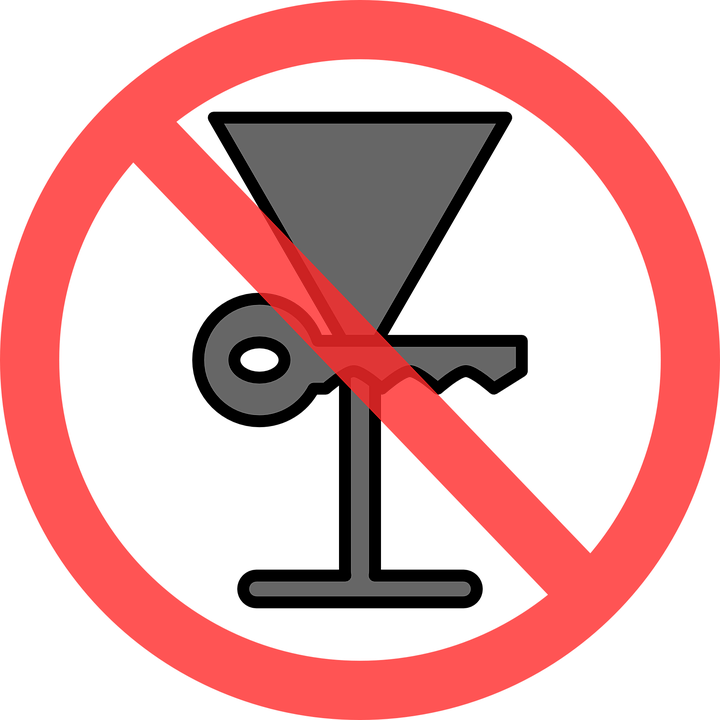 Courtesy of iii.org
Courtesy of iii.org
For parents, the excitement of having a first-time driver in the house is usually tempered with worry. With little driving experience, immature drivers are at a higher risk for accidents. Of course, safety concern is uppermost in most parents’ minds but other stressors—like the high cost of insuring your new driver and the financial liability implications of a teen driving mishap—can be reduced with these steps.
Before getting a learners permit, make a call to your insurance professional
Your agent or rep can clearly explain the costs involved in insuring a teenage driver. The good news is, as your teenager gets older, insurance rates will drop—providing he or she has a good driving record. Therefore…
Involve your teen in the car insurance discussion
From the outset, it’s important to talk to your kid about the relationship between driving a car and the attendant responsibilities, including insurance costs. Explain and reinforce driving safety tips and the serious consequences of driving infractions or accidents, including increasing the cost of insurance.
Encourage positive behaviors
Auto insurers offer discounts or reduced premiums to:
- Students who maintain at least a “B” average in school
- Teens who take a recognized driver training course
- College students who attend school at least 100 miles away from home and don’t bring their car to campus
Choose the right auto insurance company
It’s generally less expensive for parents to add teenagers to their auto insurance policy than it is for teens to purchase one on their own. By insuring your teenager’s car with your insurer, you may also qualify for a multi-vehicle discount. That said, insurance companies differ in how they price policies for young drivers, so do some research into prices to be sure to find the best fit for you and your teen.
Assign your teen to the right car
Find out how your insurer assigns drivers to cars—some insurers will assign the driver who is the most expensive to insure (generally the teenager) to the car that is the most expensive to insure. If possible, assign your teen to the least valuable car.
Note that with this kind of arrangement there can be no exceptions; your teen must use only the car to which he or she is assigned, even in an emergency. If your teenager is involved in an accident with an unassigned car, penalties could be imposed and your own premiums might increase.
Increase your liability insurance for greater protection
If your teen gets into an accident, state minimums for liability insurance will not be enough to fully protect you from lawsuits. Consider purchasing higher amounts of liability coverage—if your teenager is found negligent in an accident and the damages exceed your insurance limits, you will be held financially responsible and could be sued in court for those amounts not covered by your insurance. Depending on the value of your financial assets, you may even want to have the extra protection that a personal umbrella liability policy provides.
Raise your deductible to save on your premium
The higher your deductible, the more money you can save on your premium, so consider raising your deductible from the minimum amount required. You may want to use those savings to increase your liability insurance.



